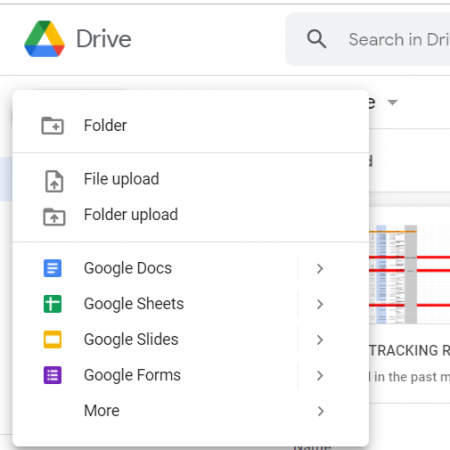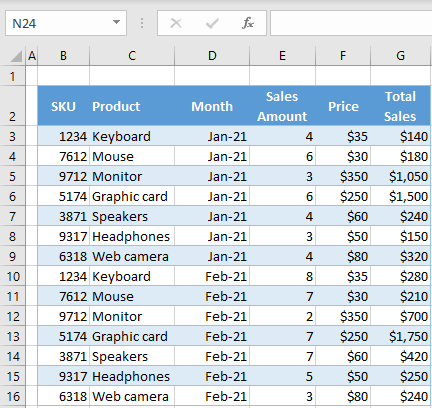Export Excel Files to Google Sheets Easily

Why Should You Consider Exporting Excel Files to Google Sheets?


Exporting your Excel files to Google Sheets offers several compelling advantages. First and foremost, it enhances collaboration among team members, allowing real-time editing and seamless sharing. Secondly, Google Sheets operates on cloud storage, eliminating the need for local backups and the risk of data loss. Moreover, accessibility from any device with an internet connection provides unparalleled flexibility. Let's dive into how you can effortlessly transition your Excel data into Google Sheets, unlocking these benefits and more.
Step-by-Step Guide to Exporting Excel to Google Sheets

Here's a simple, yet effective, method to convert your Excel spreadsheets into Google Sheets:
- Prepare Your Excel File: Ensure your Excel file is well-organized with headers and consistent formatting. This step will reduce conversion errors and make data interpretation easier in Google Sheets.
- Upload to Google Drive: Navigate to Google Drive, click on 'New', and select 'File Upload'. Choose your Excel (.xlsx or .xls) file from your local storage. Once uploaded, it will appear in your Drive.
- Open with Google Sheets: Right-click the uploaded file, hover over 'Open with', and select 'Google Sheets'. Your file will now open in Google Sheets.
- Check and Adjust Data: Review the data for any formatting issues or data misinterpretations. Google Sheets might alter some Excel-specific features like pivot tables or macros. Make necessary adjustments to ensure your data is accurate.
- Save as Google Sheets: Your Excel file is now editable in Google Sheets. To keep it as a Google Sheets document, go to 'File' > 'Save as Google Sheets'. This action will create a new copy of the file in Google Sheets format, while the original Excel file remains in your Drive.
⏱️ Note: The conversion process might take some time for larger files. Please be patient as the conversion happens.
Advantages of Using Google Sheets Over Excel

Google Sheets offers numerous benefits when compared to traditional Excel:
- Cloud-Based: No need to carry around USB drives or worry about losing your device; your data is always accessible online.
- Real-time Collaboration: Multiple users can edit and comment simultaneously, making it ideal for teamwork.
- Revision History: Track changes, see who edited what, and revert to previous versions easily.
- Integration: Seamless integration with other Google services like Docs, Gmail, and Forms, along with third-party add-ons.
- Accessibility: Edits are saved automatically, and you can access your sheets from any device with internet access.
- Cost: Google Sheets is free for personal use with a Google account, making it an attractive option for small businesses and individuals.
| Feature | Microsoft Excel | Google Sheets |
|---|---|---|
| Real-time Collaboration | Limited to real-time co-authoring in Office 365 | Unlimited simultaneous editors |
| Cloud Storage | Not native, requires OneDrive | Built-in, automatic saves |
| Mobile App | Premium Office 365 subscription | Free, with basic editing features |

📝 Note: While Google Sheets provides many advantages, some advanced Excel features like complex macros might not translate perfectly, requiring manual recreation or an alternative approach.
Common Issues and How to Fix Them

Here are some common issues you might encounter when transitioning from Excel to Google Sheets and their solutions:
- Lost Macros and Scripts: Google Sheets uses Google Apps Script which isn't directly compatible with Excel VBA. You'll need to recreate or find equivalent functionality.
- Formatting Changes: Some Excel-specific formats might not translate accurately. Manual corrections might be needed to adjust cell formats, conditional formatting, and charts.
- Data Validation Errors: Some validations might not work as intended. You might need to redefine validation rules or use conditional formatting to achieve similar results.
- Drop-down Lists: Custom drop-down lists can sometimes have issues. Review and possibly recreate them in Google Sheets.
🔧 Note: If you encounter significant issues with data integrity or loss during conversion, consider exporting your data in CSV format before uploading to Google Sheets for a cleaner transfer.
In conclusion, the move from Excel to Google Sheets offers numerous advantages including ease of access, collaboration features, and integration with Google's ecosystem. By understanding the basic conversion process, preparing your files, and addressing potential issues, you can effectively harness the power of Google Sheets to improve your productivity and streamline your workflow. As you continue to work with Google Sheets, you'll discover more ways to customize and enhance your data management practices for optimal efficiency.
Can I still edit my Excel file after converting it to Google Sheets?

+
Yes, once you have converted your Excel file into Google Sheets, you can edit the new Google Sheets file directly within Google Sheets. The original Excel file remains untouched in your Google Drive, allowing you to access it if needed.
Are there any limitations when importing Excel files to Google Sheets?

+
Yes, some limitations include: complex Excel formulas might not translate exactly; VBA macros will not work; certain Excel-specific features like advanced pivot table options might not be available in Google Sheets; and some formatting or chart styles may not carry over accurately.
How secure is my data when stored in Google Sheets?

+
Google Sheets has strong security measures including encryption in transit and at rest, two-factor authentication, and data backups. However, as with any cloud service, ensure you use strong passwords and enable two-factor authentication for added security.